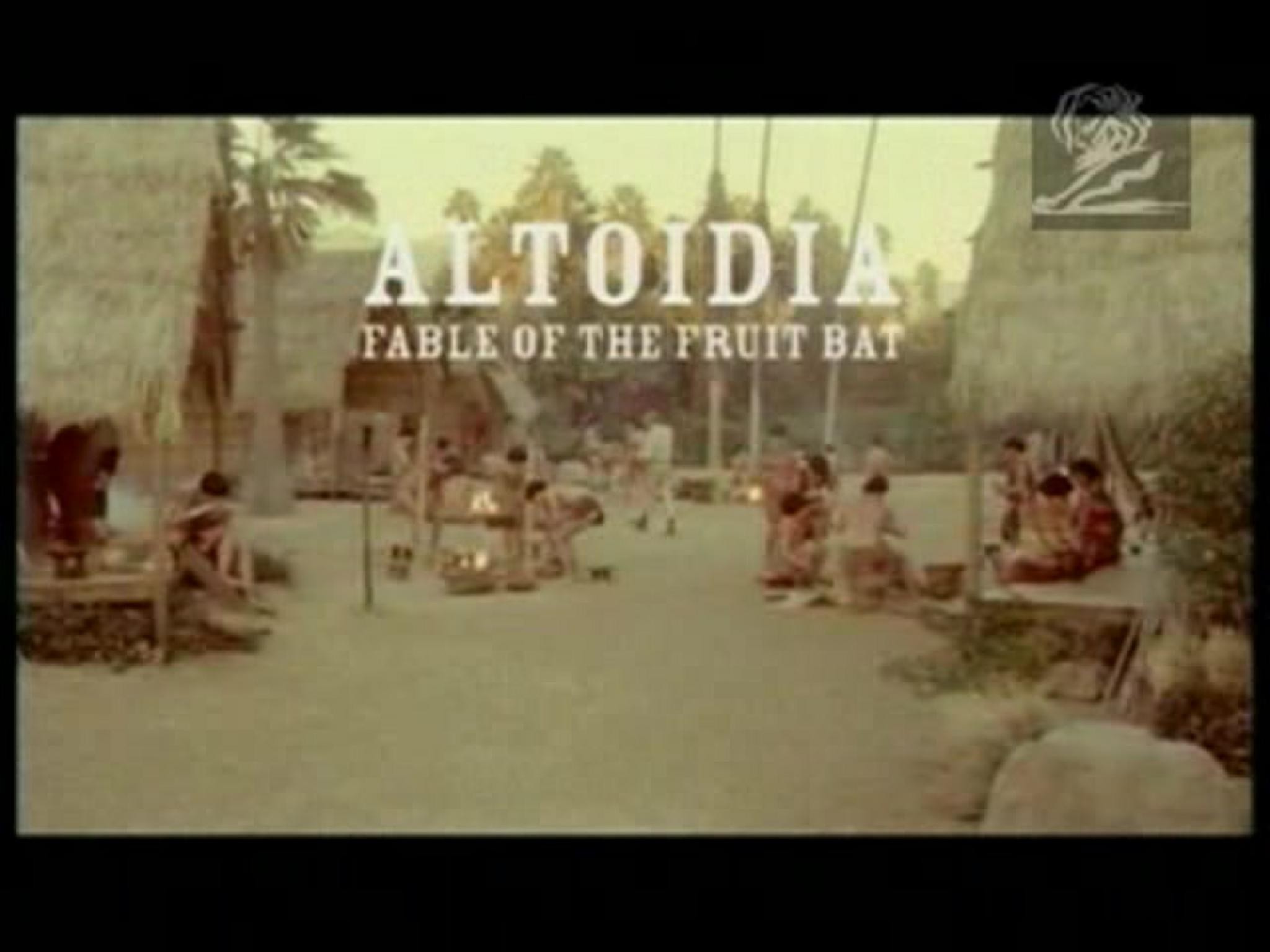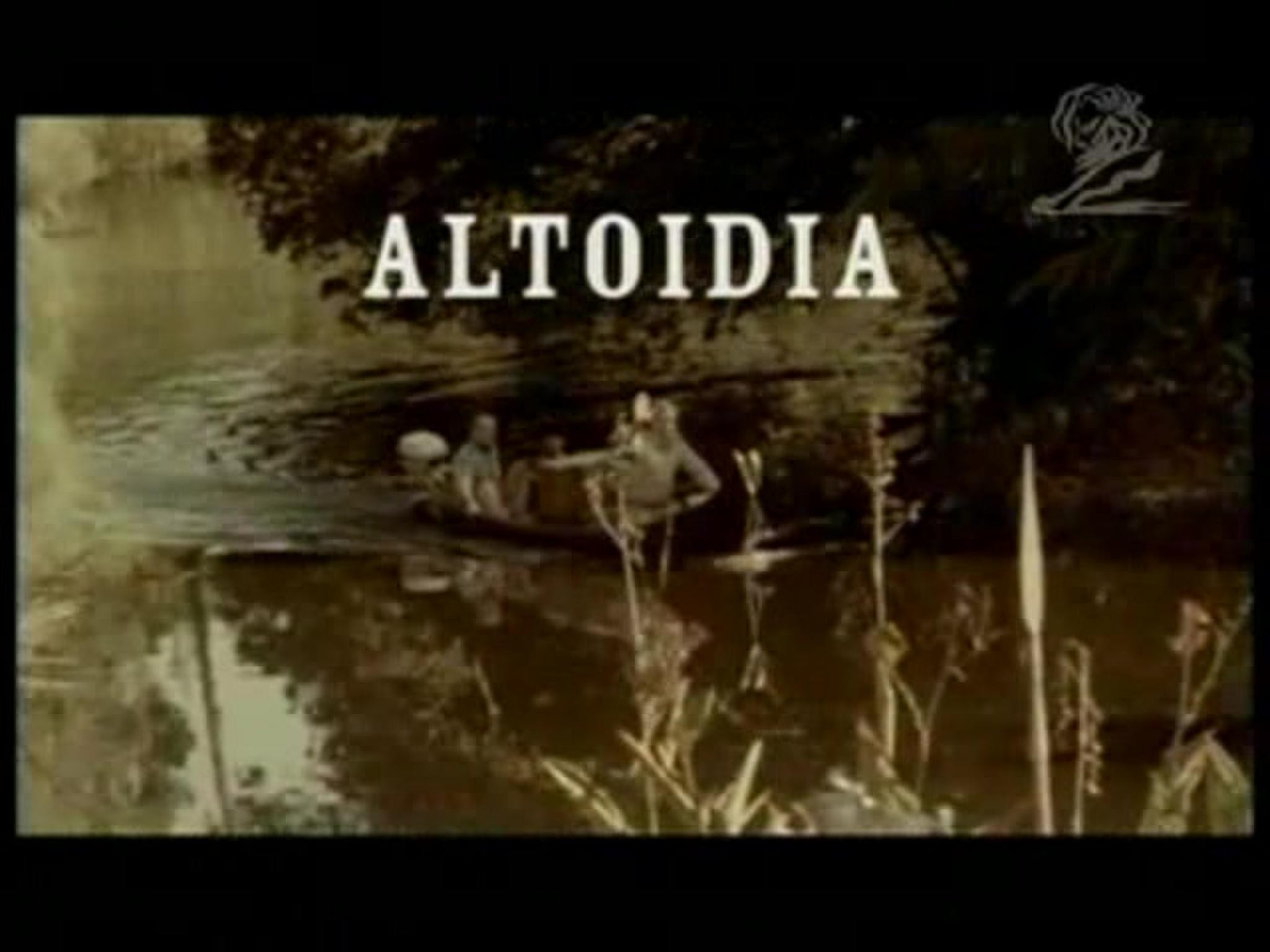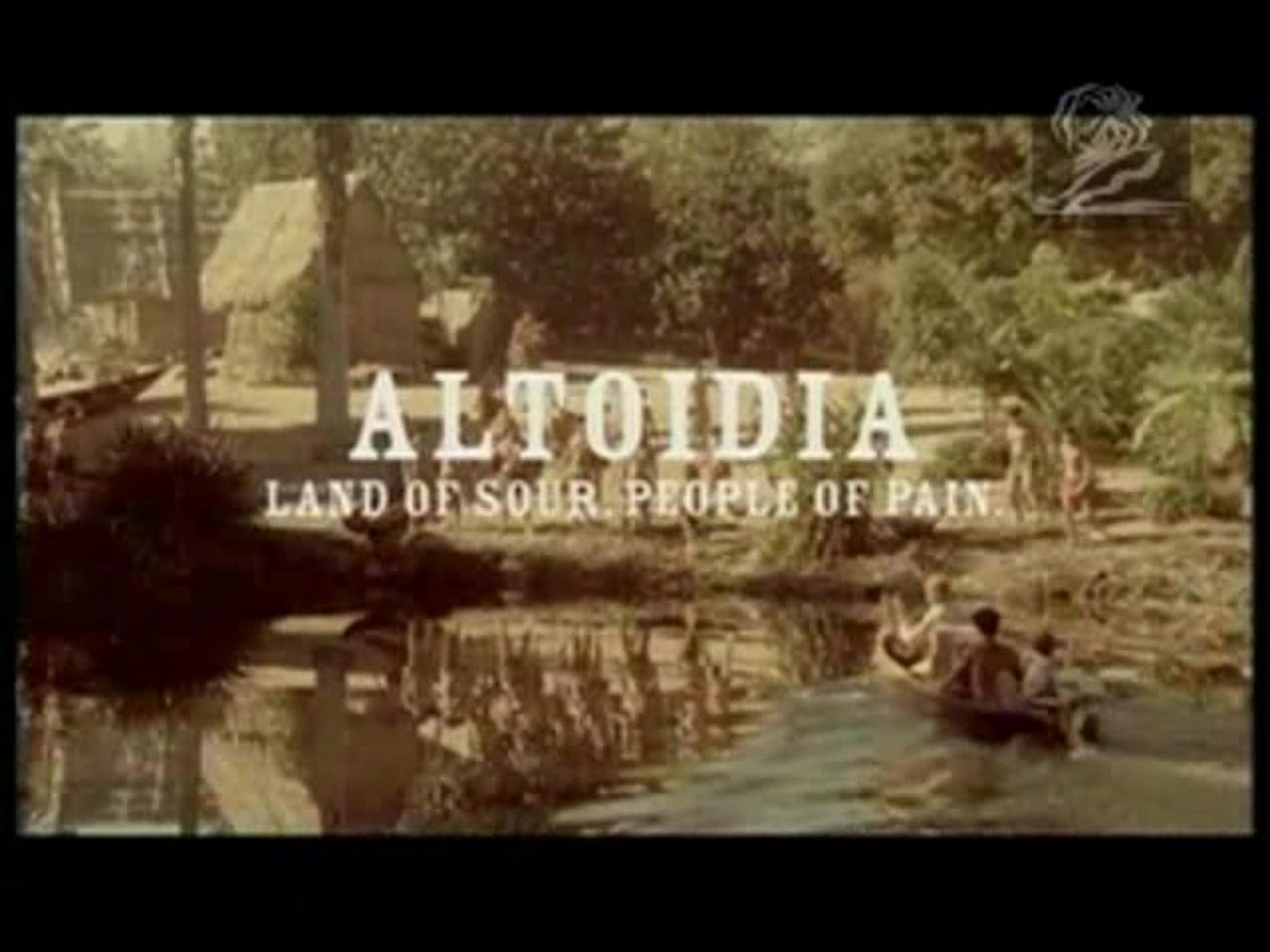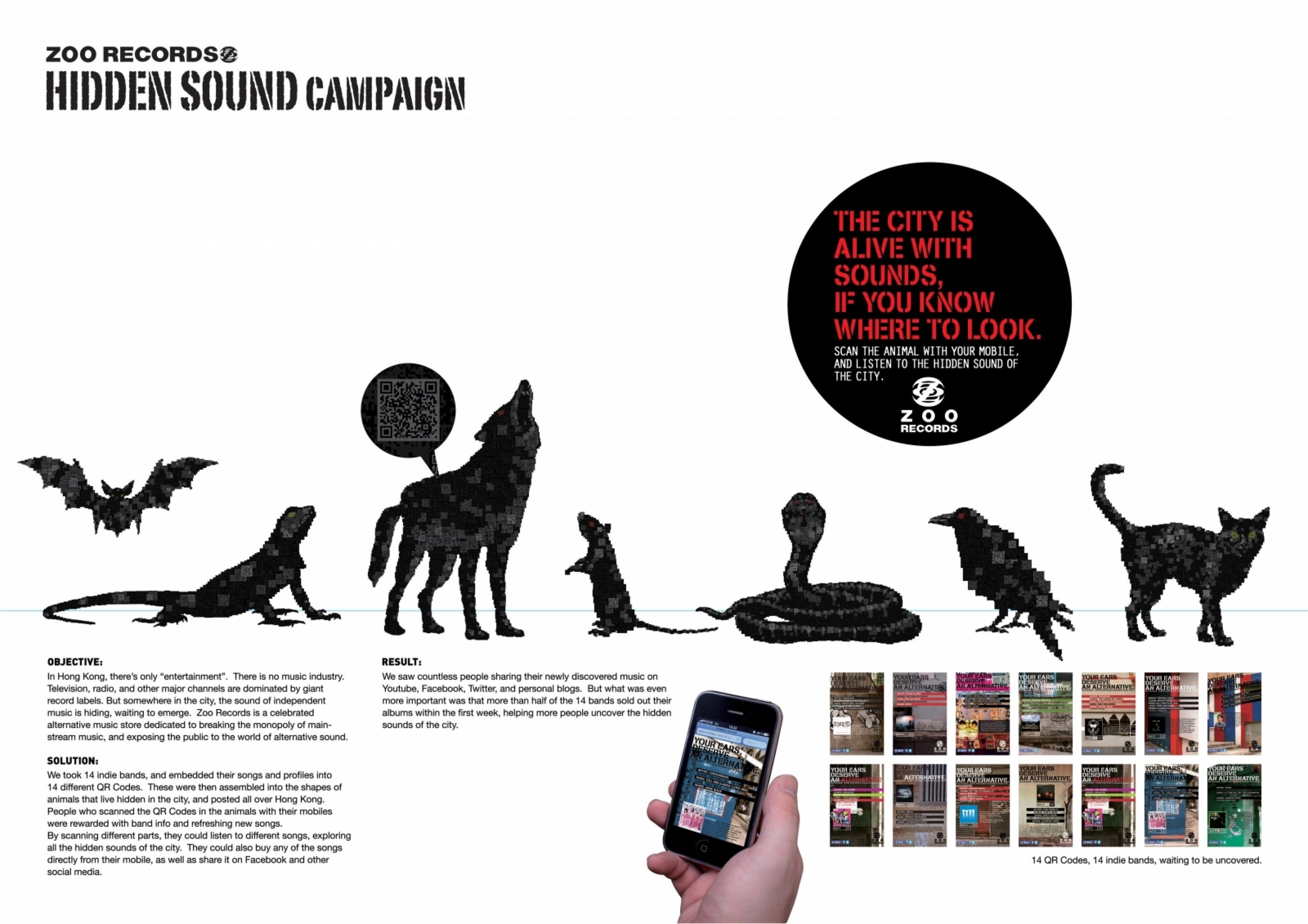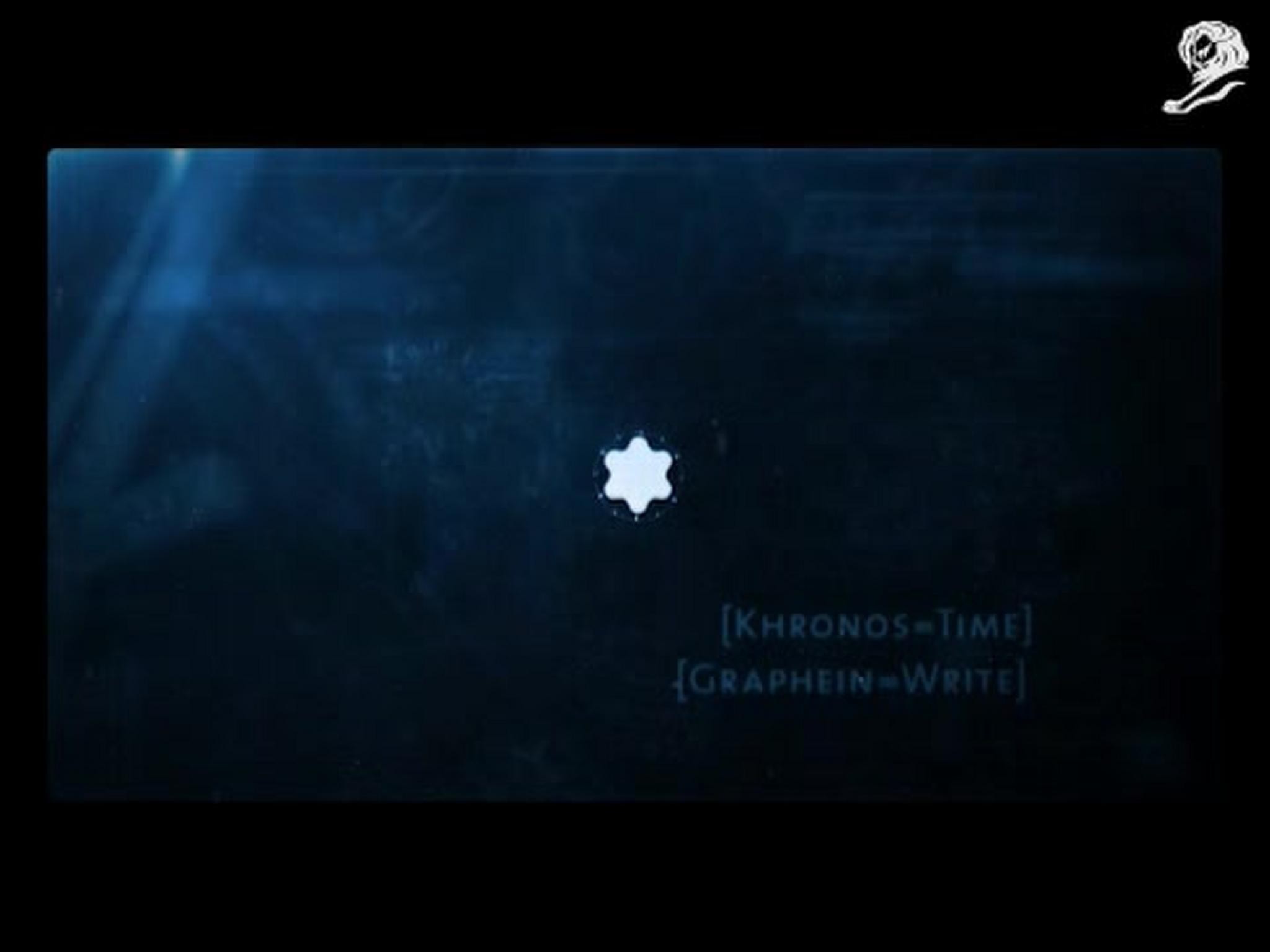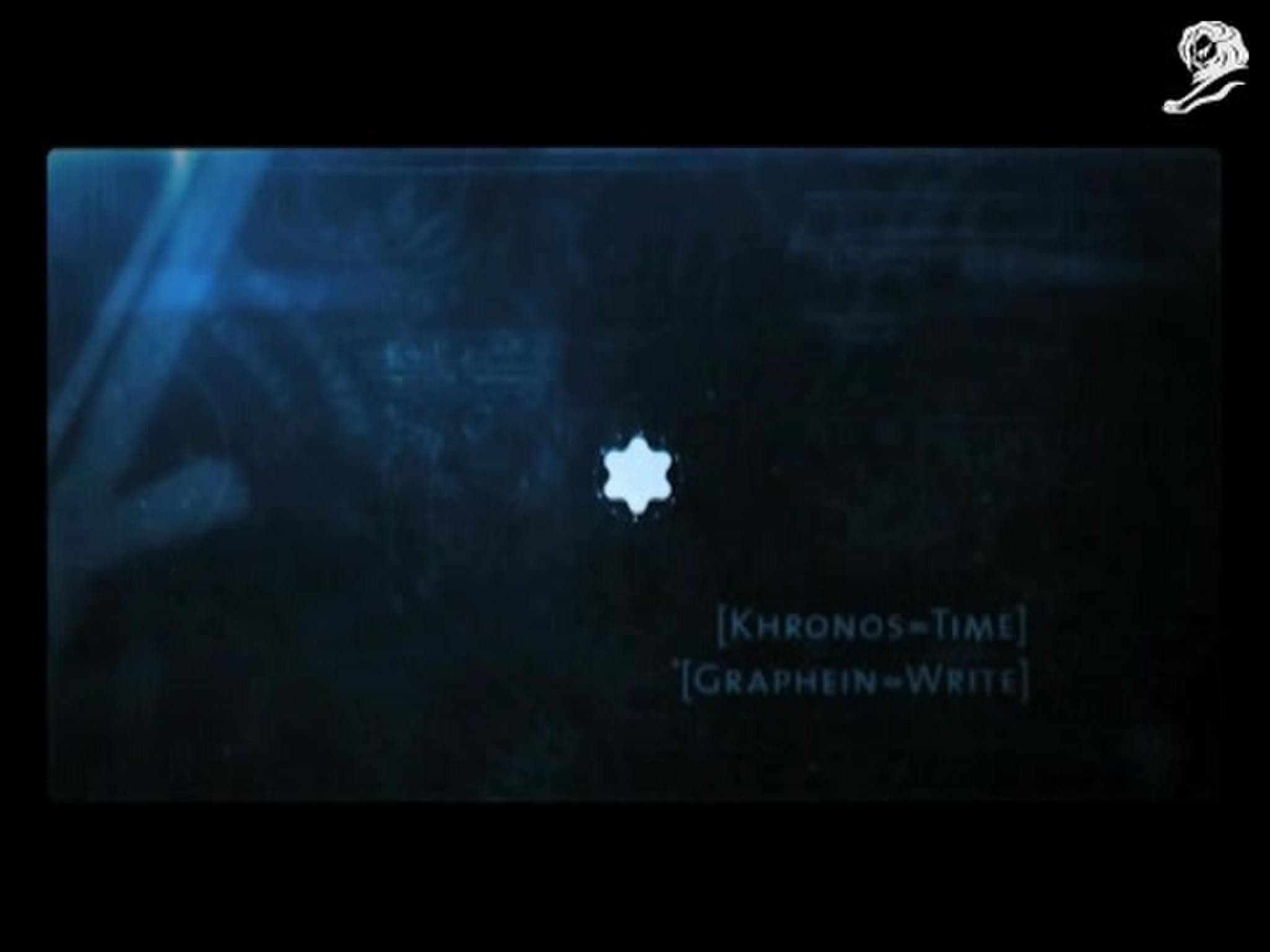Sustainable Development Goals > People
LAY'S SMART FARM
LEO BURNETT, Mumbai / LAY'S / 2023
Awards:


Overview
Credits
Overview
Background
Global climate change is creating unexpected and extreme conditions. This poses a serious threat to Indian agriculture as 86.6% of Indian farmers are small and marginal, implementing traditional agricultural practices which are tied to predictable seasonal patterns. With climate deviating from the norm, these agricultural practices are no longer working.
In just last six years, climate change has led to Indian farmers losing $5.1Bn worth of yield and 69Mn agricultural hectares- catastrophic to the food security of coming generations.
This crafted a mission for our sustainable initiative: To help our farmer’s become climate change resilient, by putting in a system to mitigate risk and create climate-smart agricultural practices that maximize value.
Describe the cultural / social / political climate and the significance of the work within this context
Unpredictable climate change has not only cost Indian farmers over $5.1Bn in just last six years but is also catastrophic to the food security of +1.4Bn Indians.
India ranks 107th on the Global Hunger Index 2022, and if the impact of climate change on agriculture is not mitigated, it will soon be unable to feed its growing population.
Lay’s partners with 27000 farmers in India. While we couldn’t change traditional agricultural practices dependent on predictable seasonal patterns, we realised that our long-term partnership with farmers gave us a unique historical database which could optimise these practices to climate change- maximising yield by empowering farmer’s with predictive intelligence amidst unpredictable climate change.
Describe the creative idea
Every year, Indian farmers lose +20% of their crop to climate change. And every year they are left to pick up the pieces after irreplaceable damage has already been done. What they needed was to mitigate risks before the crisis hit.
While we couldn’t change traditional agricultural practices, but we could optimise them to climate change.
So we created ‘Smart Farm’- a real-time monitoring system that uses satellite imagery and remote sensing to create an early warning system.
Partnering with Cropin’-an AgTech platform, and leading satellite agencies, we leveraged the world’s largest agri-knowledge graph and trained the AI with +4 years of intelligence of +3000 hectares of our farms. Converging it with satellite imagery, weather forecast and time, Smart Farm analyzes factors affecting growth at crop, plot and pin code level. The early warnings generated are simplified for farmers as colour codes, and made accessible through smartphones.
Describe the strategy
To combat climate change farmers need to closely monitor every crop, every single day. But Indian farmlands are fragmented into smaller land parcels spread over large distances of 20 kilometers- making every day monitoring, humanly impossible.
Farmers needed to reduce their response time to climate crisis by making land monitoring easy. The pace of climate change didn't allow for trial-and-error based solutions- only data could mitigate unpredictability.
We realised that our long-term partnership with farmers gave us access to unique historical intelligence of yield, soil health, use of fertilizer, pesticides, water and crop diseases- at a crop to pixel level- simplifying land monitoring.
Our strategy was simple: use historical data with predictive insights and transform traditional Indian agricultural practices to climate-smart algorithmically-mediated practices.
For our first year, we green-lit Smart Farm with the help of our agronomists in Madhya Pradesh and Gujarat- leading states of Lay’s potato production in India.
Describe the execution
A simple to understand and easy to use platform, Smart Farm’s colour coding of predictive data ensures farmers are in check of every crop and the level of emergency they need to address. For instance, the variation in green indicates intake of nitrogen, gradients of yellow signals water stress and uneven-ness of crop indicates signs of disease. Successfully mitigating various risks including one where while the green cover showed a healthy crop but data exposed signs of blight diseases acts as a predictive third eye.
By obtaining real-time data about the crop, soil, and weather condition of the smallest land parcel, our farmers have been able to put in preparatory measures to survive weather anomalies and increase efficiencies of yield per acre of land. It has also made Lay’s potato production precise by optimally distributing resources and maximising value.
Describe the results / impact
Smart Farm’s predictive ‘precision- to-decision’ model has strengthened farmers' adaptive capacity to climate change. Within first year of implementation, Smart Farm has:
1. Made farms climate resilient with 92.5% adaptability to climatic events
2. Improving food security by increasing yield upto 25%
3. Reduced crop pandemic risks by 80.3%
4. Ensures financial stability of farmers by increasing their income potential by $55/ acre
It didn’t just end here. Enriched with data from diverse farming techniques of India, Smart Farm’s knowledge graph is now being initiated across Lay’s farms in countries like, Pakistan, Egypt and South Africa – where the population of marginal farmers is high.
Smart Farm also cements our 2030 pledge to scale regenerative farming practices across 7 million acres- equivalent to our entire global agricultural footprint.
Is there any cultural context that would help the jury understand how this work was perceived by people in the country where it ran?
Karif, Rabi and Zaid are the three classifications of crops that India largely follows. Rabi crops are known as winter crops, Kharif crops are known as monsoon crops and
Zaid crops are summer season crops, sometimes even sown in-between.
This is how for decades farmer's would decide on which crop to sow. However, the un-seasonality has made this traditional knowledge of farming irrelevant.
More Entries from Hunger in Sustainable Development Goals
24 items
More Entries from LEO BURNETT
24 items














